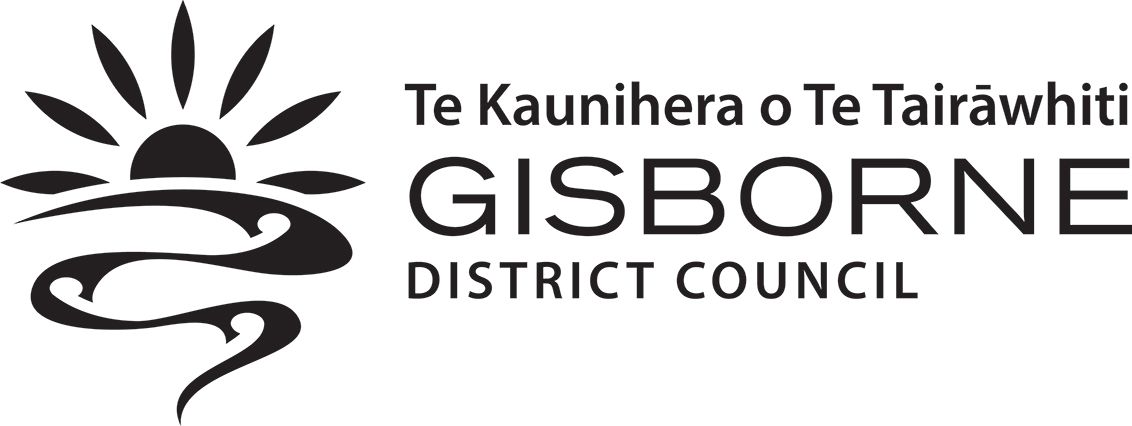The Tairāwhiti Gisborne region has severe erosion problems. These are caused by a combination of soft rock geology, climate conditions and vegetation clearance. Over time, erosion leads to significant and lasting damage to the productivity of rural land.
Impact of erosion
The Sustainable Hill Country (SHC) programme aims to increase protection of highly erodible land. To learn more about the programme, see our separate SHC webpage
Hill country erosion programme
Tairāwhiti capacity building and erosion control project
This programme aims to build the capacity and capability needed to address hill country erosion across the Tairāwhiti region.
By strengthening our land management capacity, we can provide catchment-scale support to landowners and community groups working to reduce soil erosion on their farms. This also helps minimise sediment movement and environmental damage.
Over 4-years, the programme will deliver:
- 60 farm-scale erosion control plans
- 80 hectares of land treatment on coastal hill country sites
- 3 coastal community nurseries
- increased Council land management capability.
Our land management team contributes to the sustainable use of natural resources in Tairāwhiti through:
- education and advocacy to promote sustainable land-use practices
- Land Use Capability (LUC) mapping, to assess and categorise land suitability, helping landowners adopt effective land-use practices
- Erosion Control Plans (ECP) that provide a roadmap for improving on-farm soil conservation
- support for catchment and community groups.
- input into policy development and implementation
We work closely with landowners, mana whenua, iwi, hapū, catchment groups and industry. Upholding Te Mana o te Wai, we develop erosion control plans for inclusion in Freshwater Farm Plans (FWFPs) which will eventually form part of broader integrated farm plans aligned with regional and national requirements.
We promote better land-use practices across multiple workstreams including:
- The Essential Freshwater Programme
- Catchment support
- LUC mapping and erosion control plans
- Coastal nursery project
- Whakaoratia Project (Hilton Collier) - Waiapu Catchment Debris Dams Ruatōria
- Maunga to Moana – embracing the Waimata Awa through nature-based solutions
- Soil conservation nursery
- Technical advice on land management.
To learn more, contact our land management team.
Erosion Control Funding Programme (ECFP)
The ECFP, previously known as the East Coast Forestry Project, was established in 1992 to address the severe erosion problems in the Gisborne district.
Through the ECFP, landholders and community groups in our district can access grants to establish effective tree cover - whether through planting or by encouraging native bush to naturally regenerate. These grants specifically target the most erosion-prone land in the district, helping to control and reduce erosion on a wide scale.
Funding for the ECFP is provided by Ministry for Primary Industries (MPI) for landholders and community groups. To learn more about the programme visit MPI's website.
Erosion Control Funding Programme for the Gisborne District
Erosion Control Plans
Property-specific Erosion Control Plans (ECPs) are a key part of our Hill-Country Erosion Programme, co-funded by the Ministry for Primary Industries.
This service provides landowners and farm operators with a practical road map for improving soil conservation and reducing sediment and woody debris entering waterways. It supports a national direction to protect and enhance rivers, streams, lakes, and wetlands across New Zealand.
Staff will identify and map erosion risks on a property, then provide tailored recommendations that can be used in farm planning. For example, ECPs can assist with the development of Freshwater Farm Plans (FWFPs), which will require many farm operators in Tairāwhiti to assess on-farm risks and create action plans to avoid, remedy, or mitigate those risks.
Soil conservation: Slips lead to topsoil loss and reduced fertility. Research shows soil is unlikely to return to pre-slip fertility in a human lifetime - 80% at best. Erosion also places a significant cost burden on farm infrastructure.
Freshwater protection: Support catchment and community goals to reduce sediment in waterways.
Useful maps: Access Council tools including LiDAR, historical imagery (Bola), Land Use Capability maps, slope maps, morphometric landslide and connectivity data, and tree cover layers.
Farm planning: ECPs support long-term business planning and feed into Integrated Farm Plans or Farm Assurance Programmes.
Who is eligible?
Farms are prioritised based on erosion severity, downstream impacts, and other factors.
- Landowners co-fund the plans: $1/ha for the first 500 hectares, then $0.50/ha for additional hectares (excl. GST).
- Council and MPI’s Hill Country Erosion Fund subsidise the mapping - this cost represents roughly 5% of the true value.
What’s involved?
- Sign a Council service agreement to begin
- Mapping takes 1–4 days on-site
- Reports are typically delivered within 2–4 weeks, depending on property size
- A review meeting with the landowner is recommended before finalising the report
Is it binding?
Not currently. ECPs are designed to provide technical background to support farmers with the erosion component of a Freshwater Farm Plan (FWFP), helping reduce overall FWFP costs.
Please note: Freshwater Farm Plans are currently under review by Central Government.
For more information, contact our Land Management Team email landmanagement@gdc.govt.nz
Restoring the Waiapu catchment
The Waiapu catchment will benefit from a collaborative partnership between Gisborne District Council, Te Runanganui o Ngāti Porou. and Ministry for Primary Industries.
Together, the 3 parties have signed a Memorandum of Understanding that reflects a 100-year commitment to work alongside landowners to address the health of the Waiapu River catchment. Read the Joint Management Agreement
